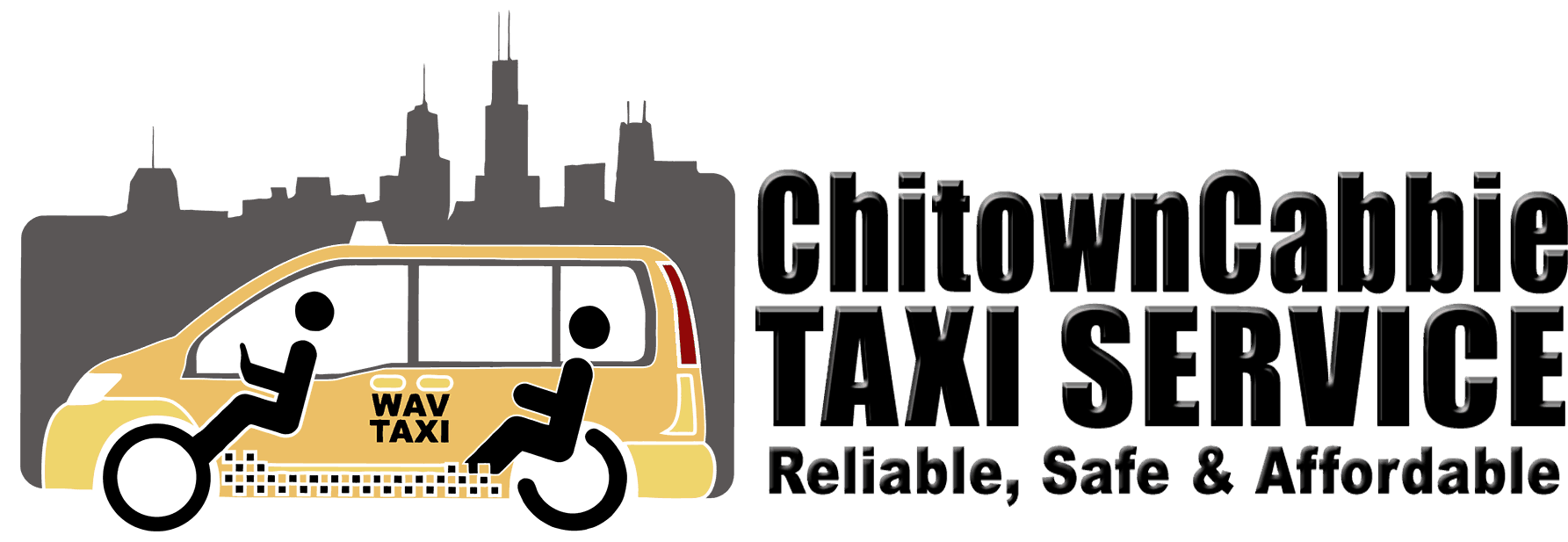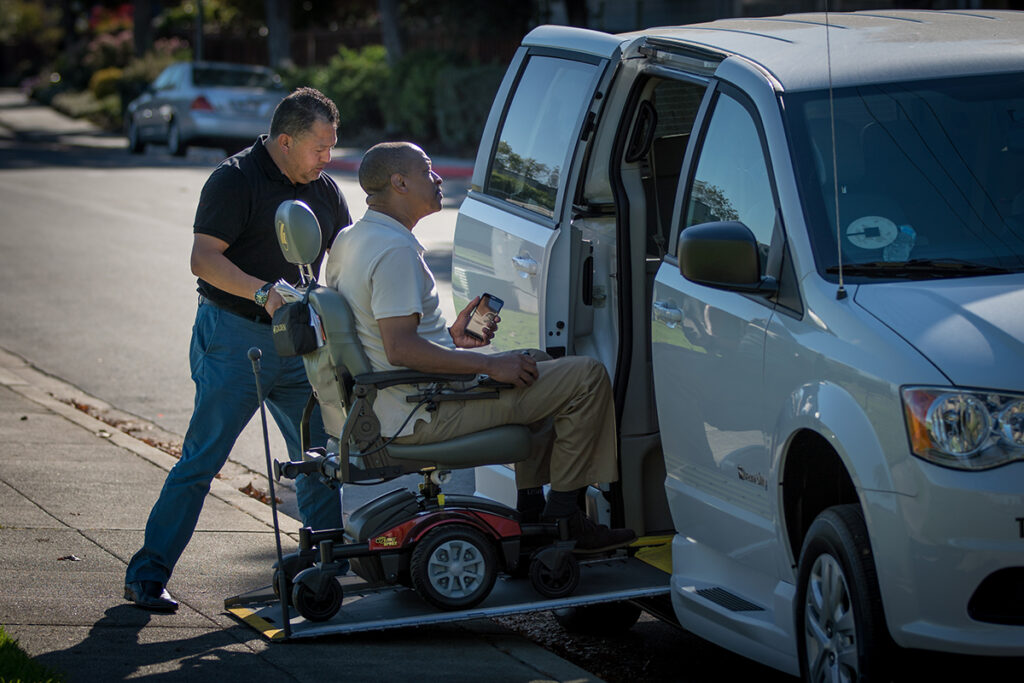Despite the generous initiative of the government to offer paratransit services, the PWD community in NYC still finds it a difficult challenge to move around the area.
One of the infamously inaccessible transportation is the Access-A-Ride. It is a transit service that provides people with disabilities an alternative to the subways. However, because of its inconvenience, some people even dubbed it the “Stress-A-Ride.”
Take it from the report published by Claire Perlman, a wheelchair user who works as a research reporter. For her article, she tried to reach the people who interact with Access-A-Ride: riders, drivers, dispatchers, city officials, advocates, caregivers.
In one account, a woman revealed that she used to take Access-A-Ride to work. However, she eventually retired early, in large part because the process was exhausting. Similarly, a young man shared about him trying to take Access-A-Ride to his first day at a new job, only to have the van’s lift break while he was on it.
Personal stories aside, the study also showed dozens of personal injury lawsuits filed related to Access-A-Ride. Detailed unaddressed complaints, a faulty discipline system for contractors, and a failure to use technology like GPS.
Moreover, the system also had suffered from a lack of attention and investment by the Metropolitan Transportation Authority. According to them, in recent years, the service grew faster in costs and ridership than the agency prepared for. The economic impact of this on disabled people extends far beyond missing doctor’s appointments. It means it’s harder to find jobs and housing and save money. And beyond income, it means missing out on seeing friends, going to shows and museums and eating at interesting but out-of-the-way restaurants — many of the things that make living in New York City worth it.
Most disturbingly, the majority of the 472 stations lack elevators, leaving persons with disabilities with limited options to get around. The problems other riders experience every day — delays, overcrowded trains, service changes with no warning — are compounded for people with disabilities who are already limited in which routes we can take.
In New York, where the subway is the bedrock of mass transit, providing an above-ground equivalent has always been a challenge. Access-A-Ride is just another victim of many of the same obstacles that plague the city’s buses.
Meanwhile, experts claim that there are actually technological improvements that experts say could make Access-A-Ride more efficient. However, the agency has been slow to update the system. Policymakers often assume that people who use paratransit services aren’t technologically savvy.
“We simply cannot assume that people who are disabled don’t use technology,” said Sarah Kaufman, associate director of the NYU Rudin Center for Transportation. “But it’s being assumed in [Access-A-Ride’s] technology development.”
Indeed, for many people with disabilities, most of New York City is a transit desert. In fact, advocates say that the economic impact is severe. The employment rate for people with disabilities in the city is 35% versus 74% for those without disabilities. Some of those people can’t work for reasons unrelated to transportation. But a truly accessible public transportation system, whether through Access-A-Ride or the subway or a combination of the two, would go a long way toward reducing that disparity.


